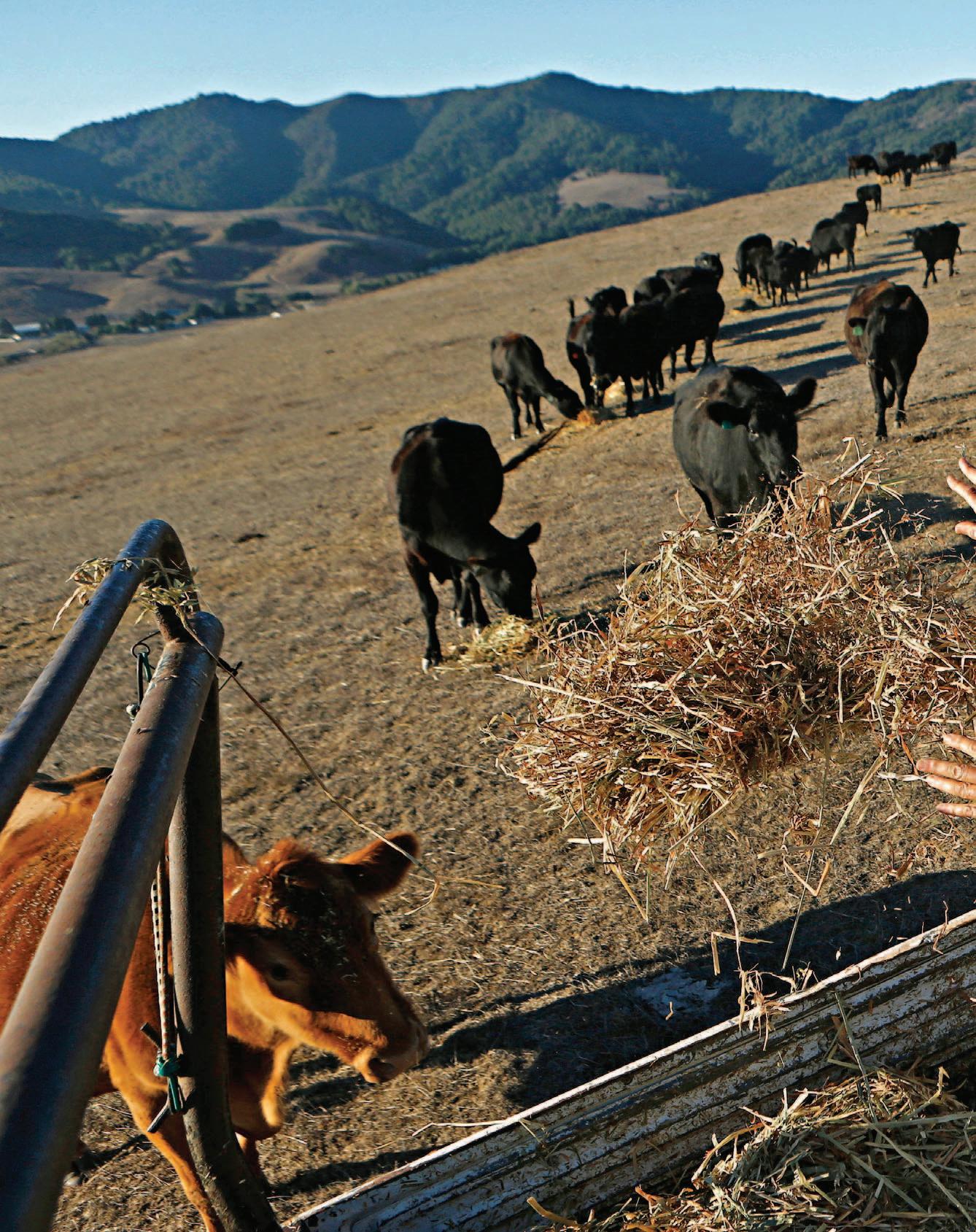
1 minute read
Marin’slittleSwitzerland
operateone of15 Martin family ranches still in existenceinthe arresting, oak-dotted hillsidesfrom Tomales to Petaluma to Novato. Theyare butone extended Swiss familywhoseorigins are traced to Ticino. Others from neighboring Alpine villages also settledhere, includingthe Grossis,whose holdings includefour ranches within Point ReyesNational Seashore.
TheGales are typicalofthe latest generation of caretakers.They inherited Chileno Valley Ranch, nearPetaluma, whereMartin settled in 1862.When the Gales arrived22 years ago,the once-grand house was dilapidated. Ittook five years of labor and all of their moneyto restore the 1883 Romantic Italianate home where Martinlived with hiswifeand seven children.
TheGalesoperatedabed-andbreakfastto generateincome. Then they bought six cows and launched agrass-fedcattlebusiness.
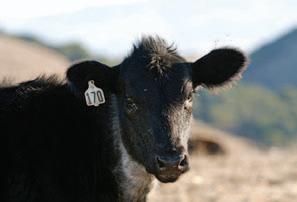
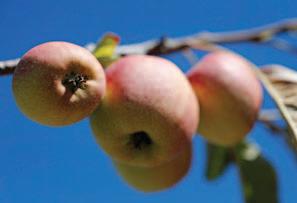
Ralph Grossi, 66, grows pinot noir grapes onhisestate in Novato, next doorto thefamilydairy. Heleftthe dairy businessin the 1980s tobecome the face of the American movement to preserve farmland. Hehelped startthe Marin Agricultural Land Trust, whichhas worked to save48,000 acresof farmland ownedmostly by Swiss-Italian heirs.
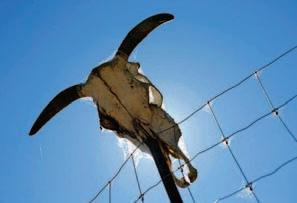
“Youinherit thisland, but you also inherit an obligation tomake it lastandto passit on tothe next generation,” Grossi says.

Sally Galealso is an activemember of the landtrust,whichhelped her restore theranch nestledin apicturesque valleynamed for Chilean cowboys who worked here when these homesteads werepart of Mexicanland grants. The Gales have three kids whocould someday make a fortuneby selling theranch.
“But what’smoney?”SallyGale asks.“Moneyispaper. Land is forever.”
Leaves rustle in Chileno Valley; ayoungBlack Angus roams the hills; Gale cares for her mother, Anita Dolcini Googins, 98; the Galeshave 400 organicapple trees; a string of lights hangs in ahistoricdairy barn; ananimal skull decorates afence post;a rusty license plate fromaFord Model T is nailed to a barn wall; a barndoor hinge shows its age.
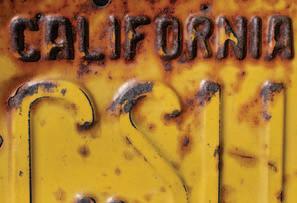

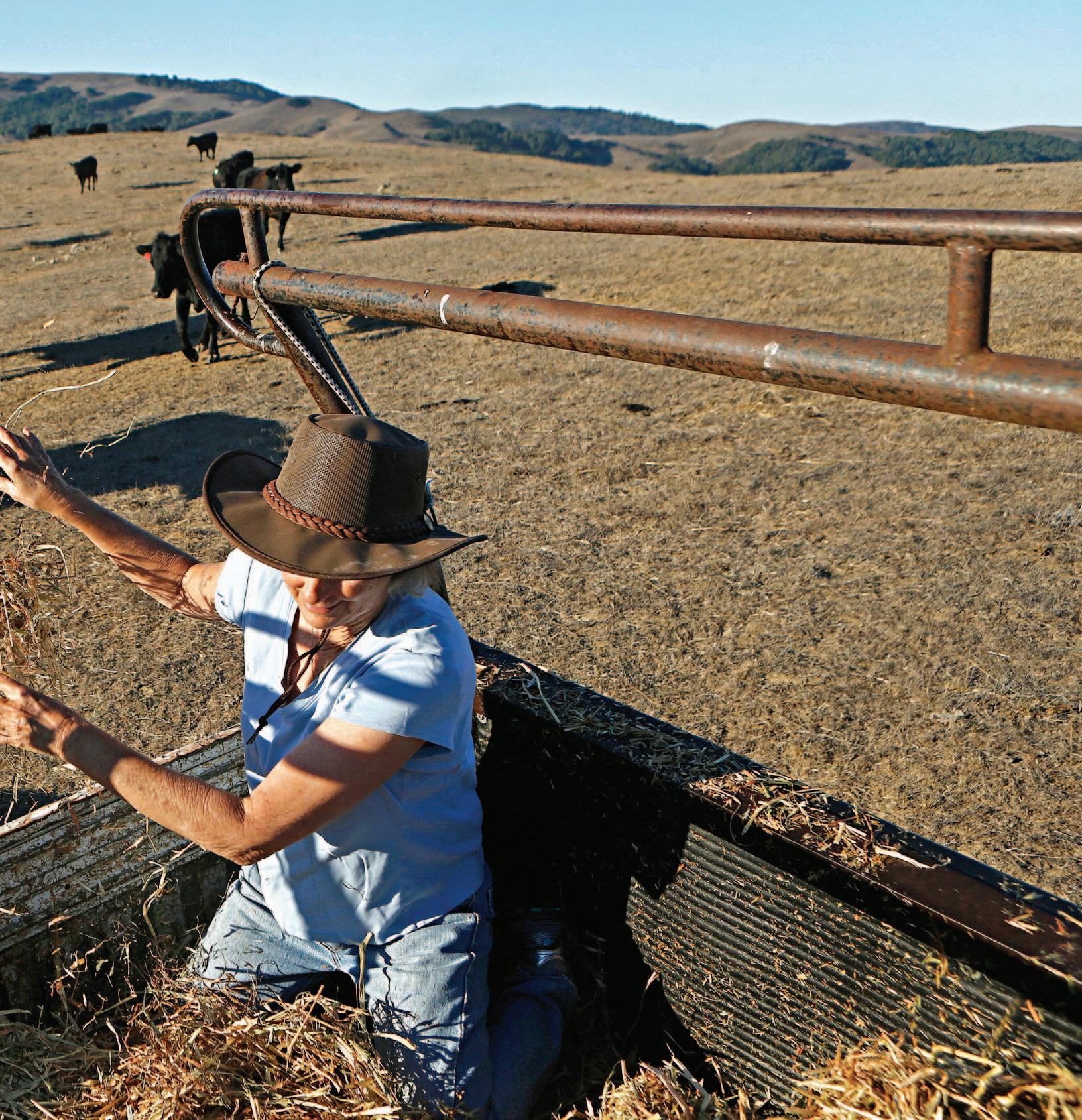
Inthe gardening world, it’srare for customers to walk into a greenhousewith a Broadway show on theirminds.
Thenagain, this nursery inthe Sonoma County town of Sebastopolis highly unusual.
“Where’sAudrey?”visitors ask in jest, evenasthey’rescanning theotherworldlyplants atCalifornia Carnivoresfor agenetic relativeofthe largestandmost famous carnivorous plant of all— thebloodthirsty,boyfriend-eating Venus’ flytrapfrom the enduring musical “LittleShopofHorrors.”
Oh, owner PeterD’Amato has plentyofVenus’flytraps, for sure, but nonewithAudrey’sgirth or, forthat matter, herappetite. Butthankstohis playfullydark senseofhumor, Audrey’skin do have names — ones thatreflect their penchantfor trappingand devouring flies, gnats, mothsand beetles. Oneshowy plant he cultivatedis called Abandoned Hope; another isnamed Splatter Pattern.
Hewill patiently explain to shoppers thattheseplants don’t hunger forhumanflesh andwon’t snare thecuriosity-seekersor gardeners who find this nursery along the Old Gravenstein Highway.Turns out thosesigns urging visitors not to touch the Venus’ flytraps are for the plants’ protection, not yours.
It’sthe first ofmany myth-bustinganswersthatD’Amato and his staffwilldeliver on anygiven day.If youare interestedinthefascinating world of carnivorous plants, this notedhorticulturalist’ssanctuary is theplacetogo.California Carnivores isthe largestsuch nursery in the United States, perhaps the world, withD’Amatocultivating and raising plants here since 1989. Tensof thousands of plantschange hands — safely! —everyyear. A small flytrapcosts $10;rare,colorful, large or older cultivars start at










